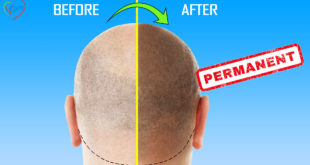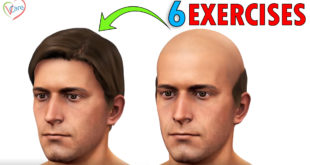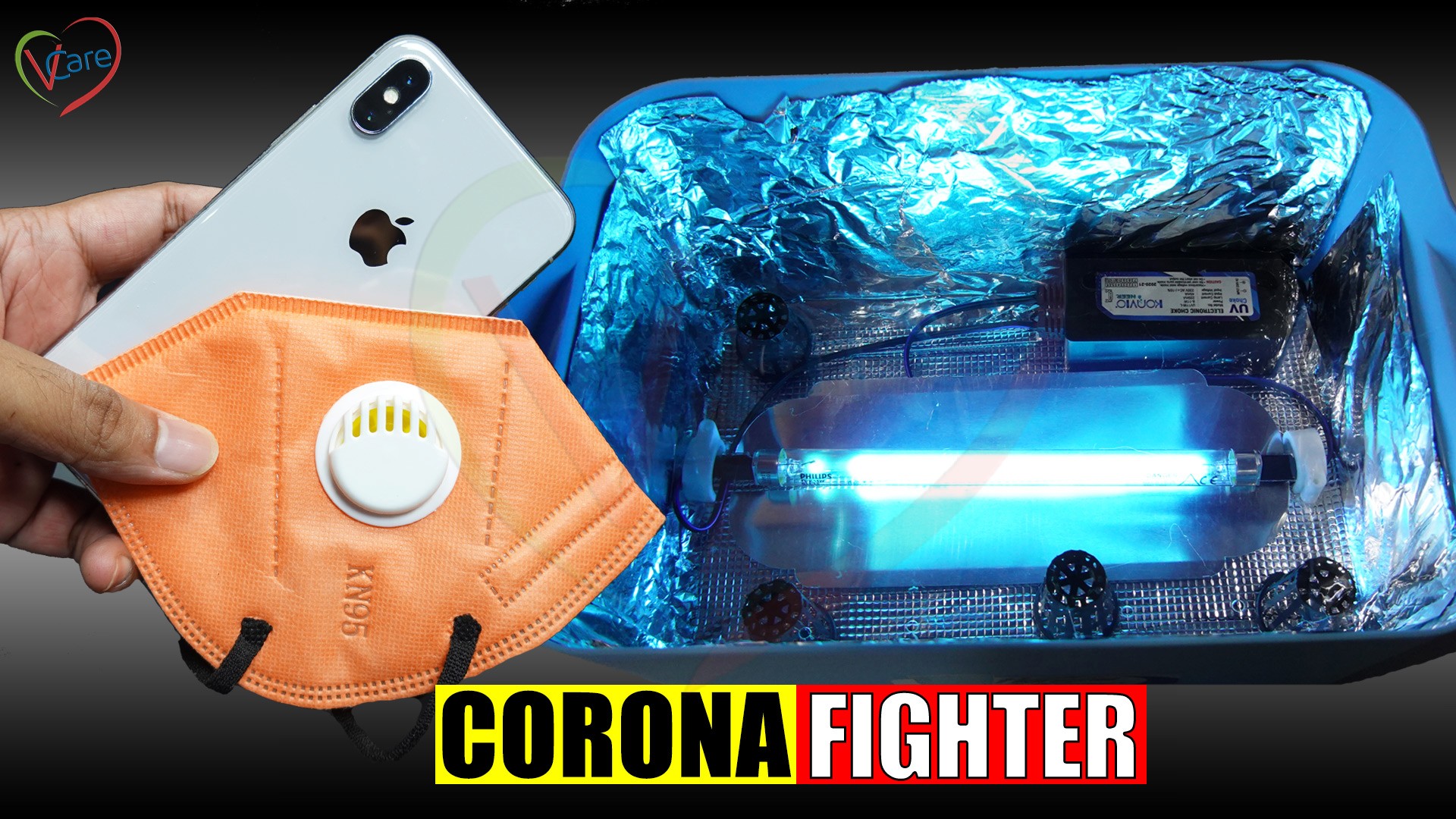Hello friends and patients!
Today we will be discussing about Seizure disorder – in common man’s language called as Fits.
What is a seizure?
As we know that our brain is made up of nerve cells or neurons, and these neurons talk to each other through electrical signals.
Seizures happen if there is an abnormal, unregulated electrical discharge from the neurons leading to interruption of normal brain function.
A seizure typically causes altered awareness, abnormal sensations, focal involuntary movements, or convulsions.
About 2% of adults have a seizure at some time during their life. Two thirds of these people never have another one.
Symptoms of a seizure:
During a seizure or epileptic attack, a person may:
Fall down and start shaking
Become unconscious or confused
Usually after a few minutes, the nerve cells start to behave normally and the person returns to normal.
What causes a seizure?
In half of the cases the cause is unknown or idiopathic. But there are some known causes depending on the age of the person
If your first seizure happens before the age of 2, the cause is usually different than if your first seizure happens when you’re an adult.
If the first seizure happens before age 2, common causes are:
High fever that is known as febrile seizure
Problems with the body’s chemical balance, called metabolic disorders
A birth defect of the brain
Lack of oxygen during birth ie Hypoxia
Use of certain drugs by the mother during pregnancy
If the first seizure happens after age 18, common causes are:
Head injury
Stroke
Brain tumor
Alcohol withdrawal (ie after sudden stopping of alcohol consumption )
If you have had only 1 seizure , it is most often caused by:
Low blood levels of oxygen or sugar(hypoglycaemia)
Head injury
Prescription medicines
Lack of sleep
Brain infection (such as meningitis)
High fever
Cardiac arrhythmias
Seizures can be caused by flashing lights or video games (reflex epilepsy), but this is rare.
What happens during a seizure?
You may have symptoms before a seizure (called an aura). You may notice:
Strange smell
Strange taste
Feeling of déjà vu (a feeling like something happening right now has happened before)
You might get a Feeling like you’re about to have a seizure
During a seizure, you aren’t aware of what’s going on and can’t talk or respond. However, you’re still breathing.
During a seizure, you may:
Fall down and start shaking all over or
Stare blankly or become confused
You may Go limp and pass out
You might Not be able to talk
You might Lose control of your bladder or bowels, causing you to urinate (pee) or have a bowel movement (poop)
After the seizure, you may feel a little confused for an hour or two and have symptoms like:
Headache
Sore muscles
Feeling very weak and tired
What should you do when you see a person having seizure?
Some seizures are more dangerous than others. While there isn’t much you can do during a seizure to stop it, you can help protect the individual and provide assistance. 19 out of 20 seizures stop by themselves within 2-3 minutes although there can be a prolonged period of confusion afterwards. For seizures which last longer than 5 minutes, a call for an ambulance should be placed
Here are some things to be mindful of during a seizure.
Don’t panic—most seizures stop on their own in a minute or two
Keep the person away from things that could cause injury (such as stairs or sharp objects)
Loosen tight clothing around the person’s neck so that he can breathe properly
Roll the person onto one side as this will prevent aspiration of secretions into his lungs
Put a pillow under the person’s head
Stay with the person until the seizure is over and note the duration of the seizure
Call a doctor if seizure is not stopping after a few minutes.
Despite what you might have heard:
DONOT put a spoon or key or anything else in the person’s mouth
DONOT try to move the person.
DONOT try to hold the person’s tongue as these will only cause harm to the patient rather than any benefit to the person.
 AlopeciaRx – Treatments for Alopecia (Hair Loss & Baldness) The Virtual Care Hospital
AlopeciaRx – Treatments for Alopecia (Hair Loss & Baldness) The Virtual Care Hospital




